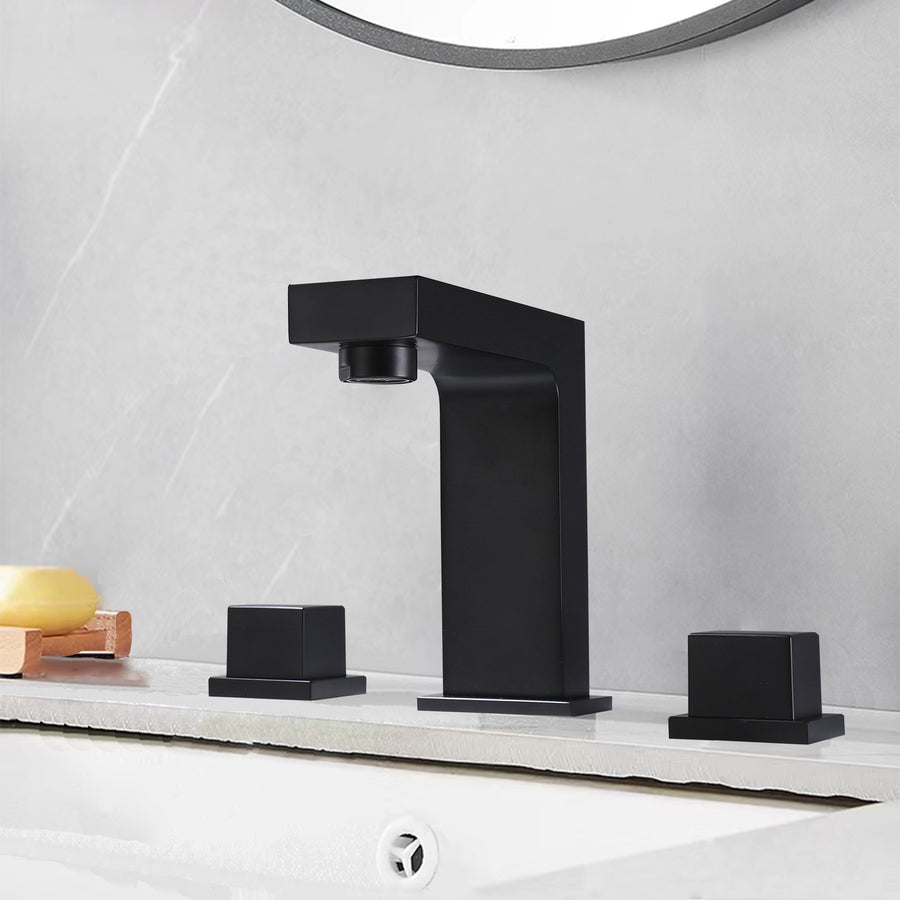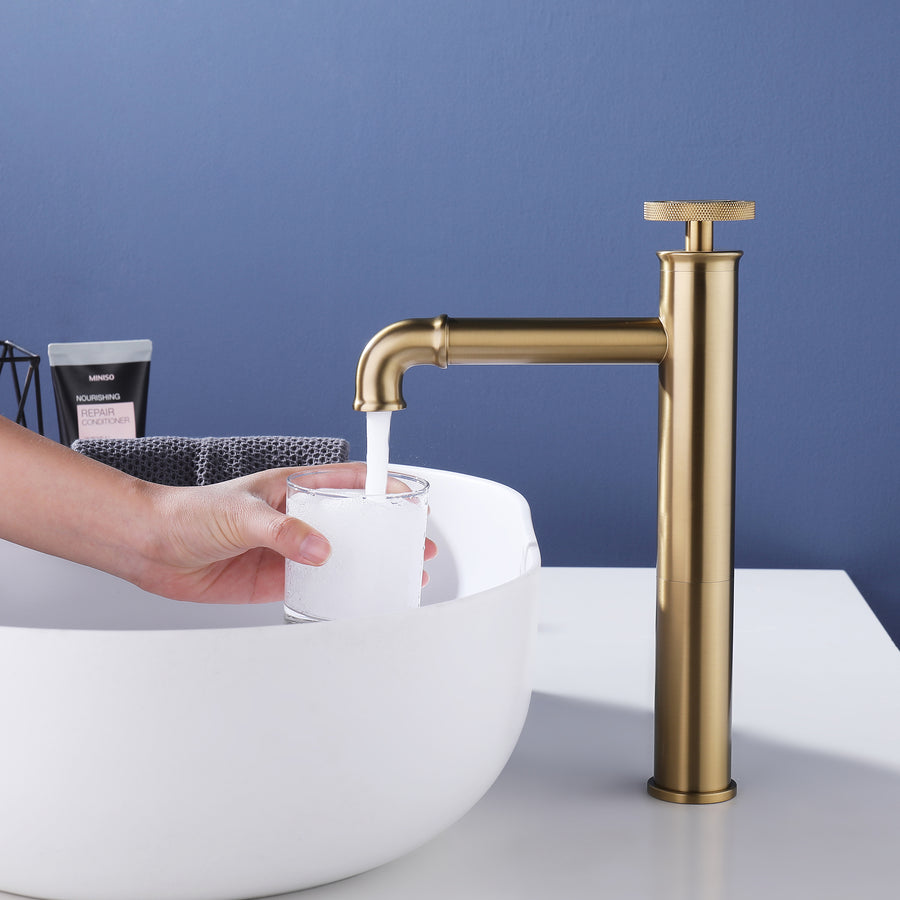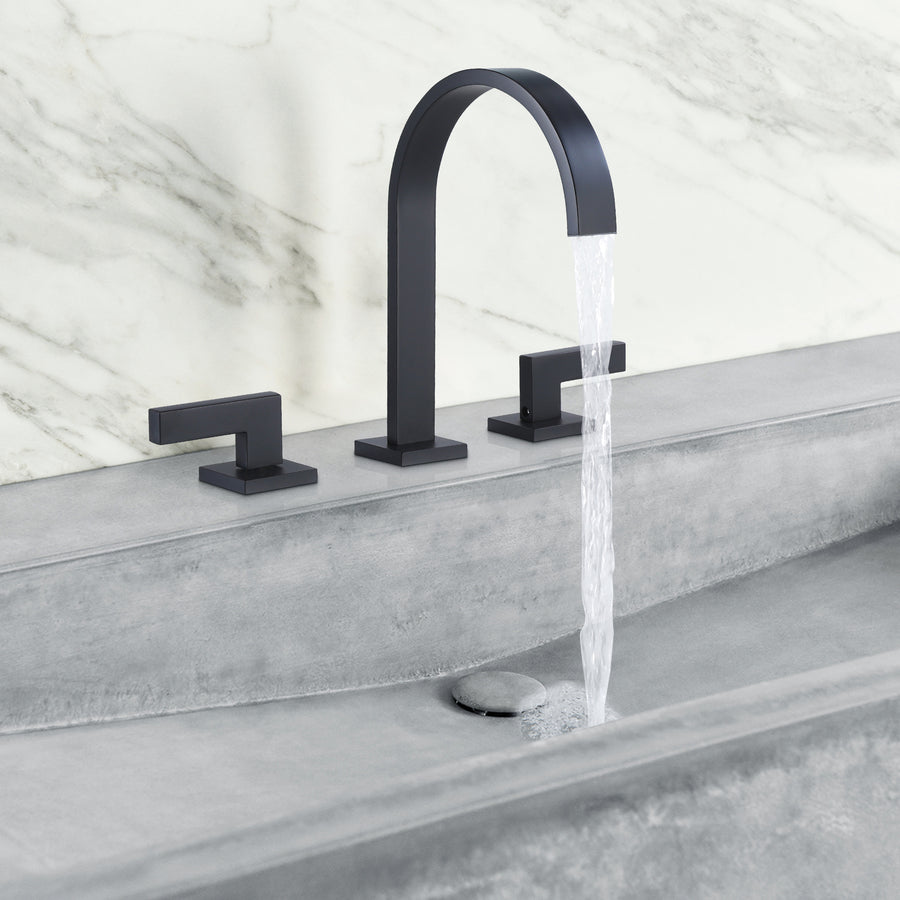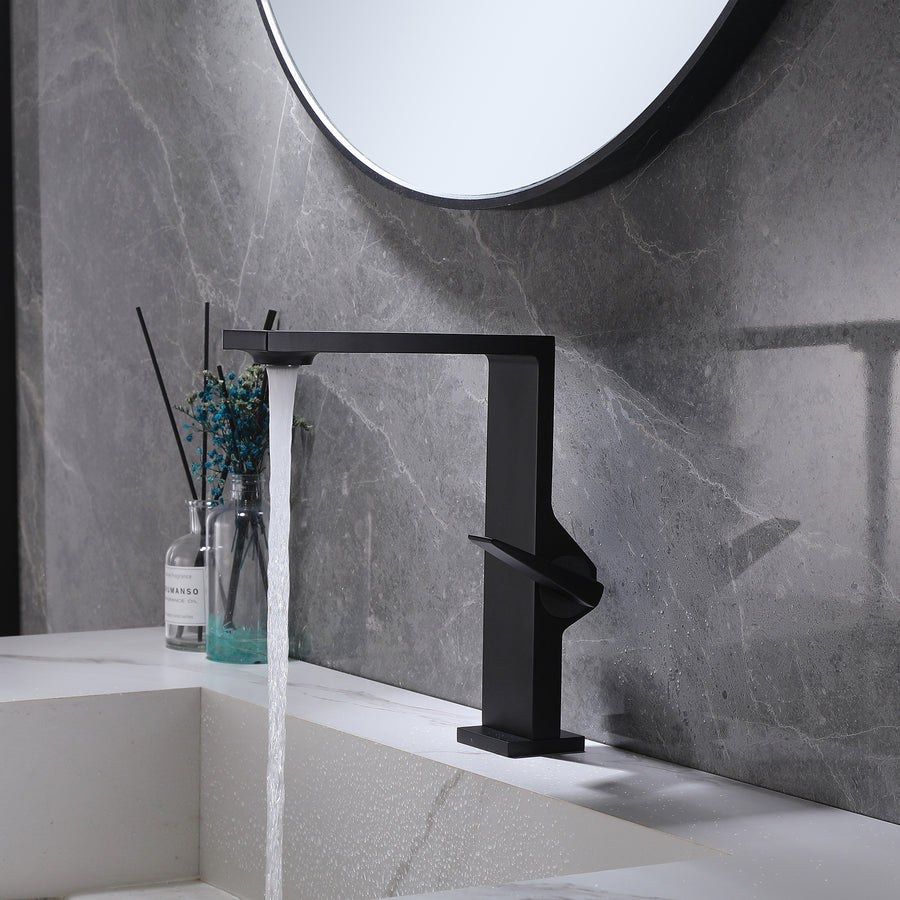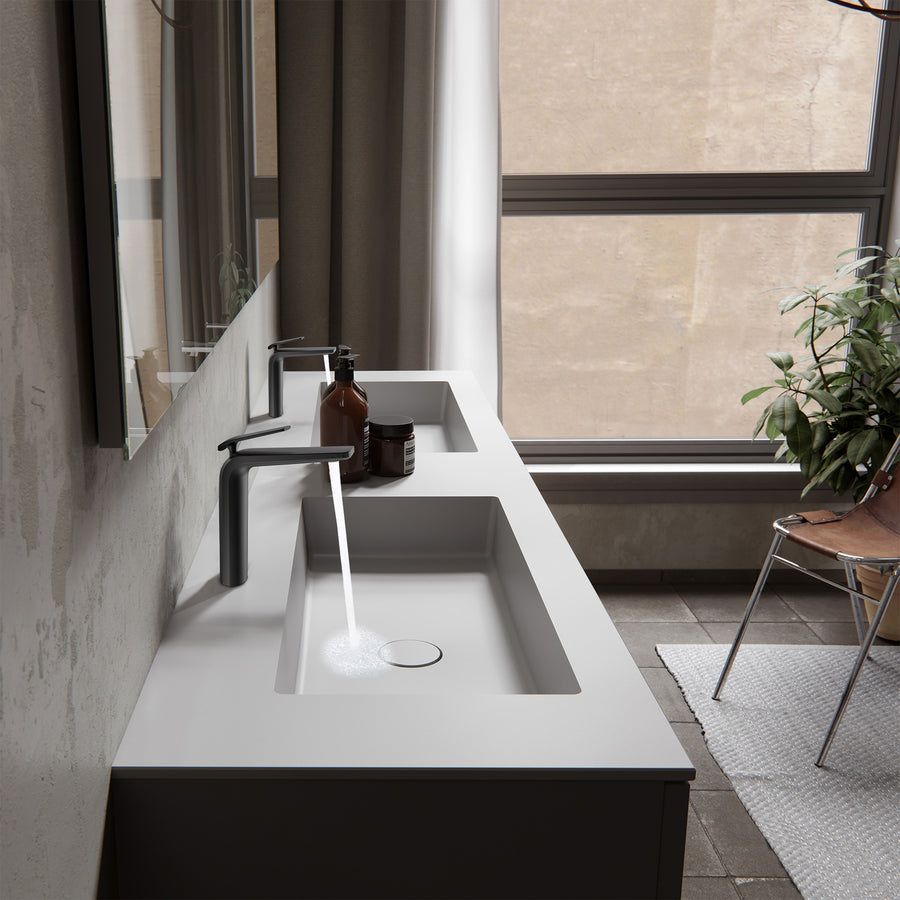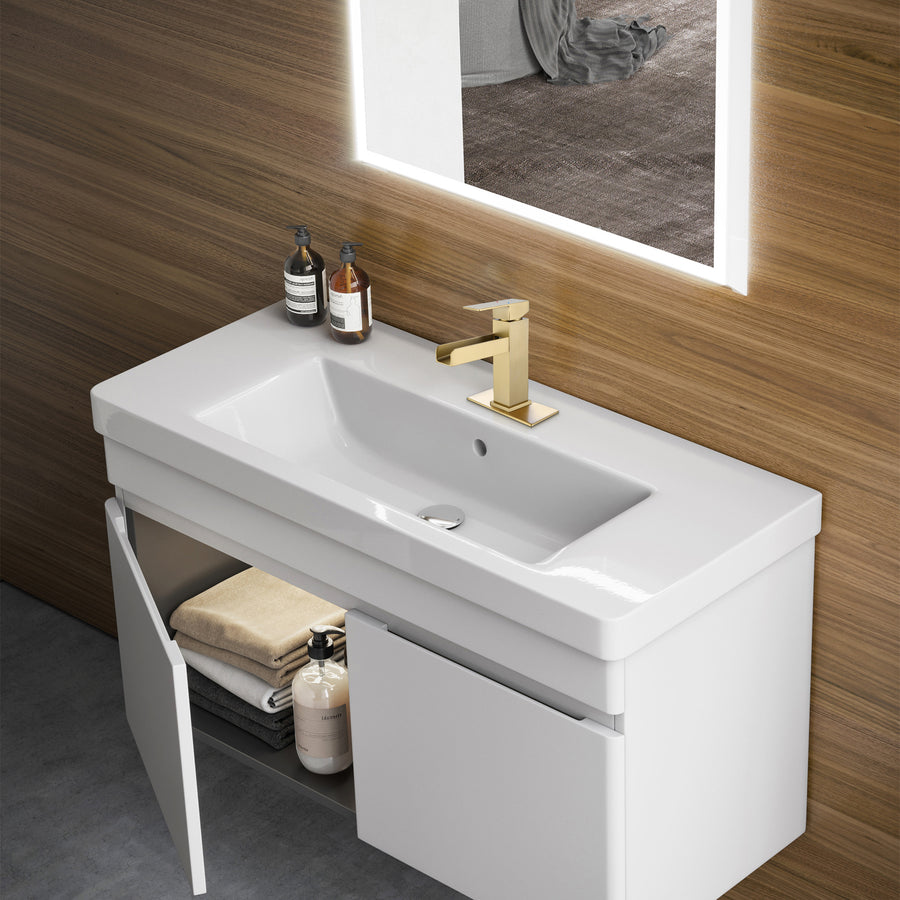Introduction:
In the ever-evolving landscape of interior design, the boundaries between different living spaces are becoming increasingly fluid. One intriguing notion that has captured the imagination of homeowners and designers alike is the idea of using bathroom faucets in the kitchen. While traditionally distinct in terms of design and functionality, merging these two spaces can result in a unique and cohesive aesthetic throughout the home. In this comprehensive exploration, we will delve into the considerations, challenges, and creative possibilities behind the concept of incorporating bathroom faucets into the kitchen environment.
1. Form and Function: Aesthetic Harmony
Bathrooms and kitchens serve as functional hubs within our homes, each with its unique requirements and design elements. The bathroom, often associated with tranquility and elegance, presents an opportunity to introduce a touch of sophistication into the kitchen space. Bathroom faucets, with their refined and often compact designs, can bring a sense of grace and aesthetic unity to a kitchen, fostering a seamless transition between these traditionally separate areas.
In embracing this unconventional approach, homeowners open the door to a new realm of possibilities, where the visual harmony between bathroom and kitchen fixtures becomes a deliberate and cohesive design choice. The key lies in selecting a bathroom faucet that complements the overall style of the kitchen, creating an elegant fusion that elevates the entire living space.
2. Size Matters: Choosing the Right Fit
While the idea of using a bathroom faucet in the kitchen may evoke a sense of novelty, practical considerations must be taken into account. The size and scale of the faucet play a crucial role in determining its suitability for kitchen use. Bathroom faucets are generally more petite compared to their kitchen counterparts, designed to fit the smaller sinks and basins typically found in bathrooms.
When considering the adoption of a bathroom faucet in the kitchen, it's essential to assess whether the selected fixture provides adequate water coverage for kitchen tasks. The dimensions of the faucet should align with the size of the kitchen sink, ensuring both functionality and aesthetic balance. This careful selection process helps maintain a sense of proportion and prevents the faucet from appearing incongruous in the larger kitchen setting.
3. Functionality and Features: Matching Needs
Beyond aesthetics, the functionality of a faucet is paramount in the kitchen, where daily tasks range from washing dishes to filling pots and pans. Kitchen faucets are specifically engineered to meet these demands, often equipped with features such as pull-down or pull-out sprayers, higher spouts, and a greater range of motion.
When contemplating the use of a bathroom faucet in the kitchen, it's crucial to evaluate whether the features align with the practical requirements of the space. Consider the daily activities that take place in your kitchen and ensure that the chosen faucet can seamlessly accommodate these tasks. While a bathroom faucet may bring elegance, it should not compromise the efficiency and convenience expected in a kitchen setting.
4. Material Matters: Durability in the Kitchen
Kitchens are high-traffic areas subjected to constant use and exposure to various elements, including water, heat, and cleaning agents. As such, the material composition of the faucet becomes a critical factor in its suitability for the kitchen environment. Kitchen faucets are typically constructed with durable materials such as brass, stainless steel, or other corrosion-resistant alloys to withstand the rigors of daily use.
Bathroom faucets, designed for a less demanding environment, may not possess the same level of resilience. When contemplating the use of a bathroom faucet in the kitchen, it's essential to carefully consider the material properties. Opt for materials that offer water resistance, corrosion resistance, and overall durability to ensure the faucet maintains its integrity and functionality in the demanding kitchen setting.
5. Installation Challenges: Seek Professional Advice
While the concept of integrating a bathroom faucet into the kitchen may be appealing, it is not without its challenges, particularly in terms of installation. Plumbing configurations, compatibility with existing connections, and overall functionality should be carefully assessed to avoid potential issues.
In this regard, consulting with a professional plumber is highly advisable. An experienced plumber can provide valuable insights into the feasibility of the installation, recommend any necessary modifications, and ensure that the transition from a bathroom to a kitchen faucet is executed seamlessly. Professional guidance minimizes the risk of plumbing complications, guaranteeing a secure and efficient installation that aligns with both safety standards and the homeowner's vision.
Conclusion:
The exploration of using bathroom faucets in the kitchen invites homeowners and designers to challenge conventional design norms, offering a unique and personalized touch to residential spaces. By carefully considering factors such as form, size, functionality, material, and installation, individuals can achieve a harmonious blend of bathroom elegance in their culinary haven.
Embracing creativity and exploring unconventional possibilities allows for the creation of a home that tells a story of functional beauty. The integration of bathroom faucets into the kitchen is not just a design choice; it is a testament to the evolving nature of interior aesthetics, where boundaries are blurred, and innovative ideas find expression in the spaces we inhabit. In this intersection of design and functionality, homeowners have the opportunity to craft a living environment that reflects their unique style and redefines the traditional divisions within the home.


